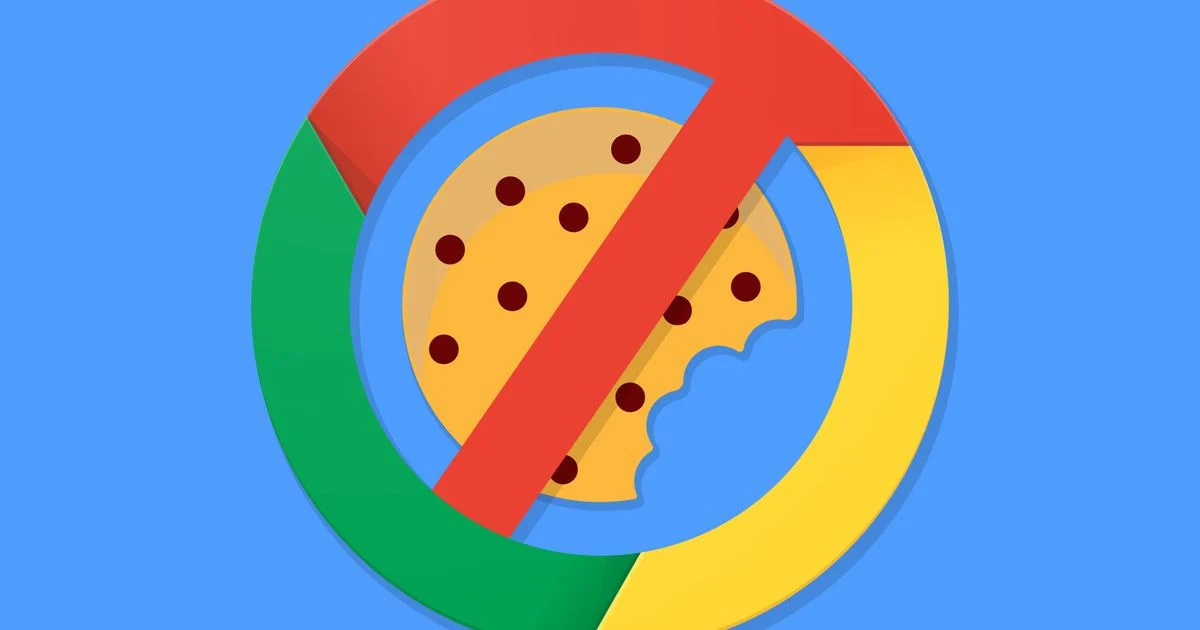The digital landscape is on the cusp of a seismic shift. On January 4, 2024, Google Chrome will begin its long-awaited phase-out of third-party cookies, impacting approximately 30 million users, or 1% of its global user base. This marks the first concrete step in the company’s ambitious Privacy Sandbox initiative, designed to replace the traditional method of online ad targeting with a purportedly more privacy-centric approach.
Key Highlights:
- Google Chrome to phase out third-party cookies for 1% of users starting January 4, 2024.
- Privacy Sandbox, Google’s alternative tracking system, faces scrutiny over effectiveness and potential bias.
- Businesses and publishers brace for significant impact on targeted advertising and online revenue.
- Move expected to trigger wider industry shift towards privacy-focused ad tech solutions.

The move represents a significant blow to the digital advertising industry, which heavily relies on third-party cookies to track user behavior across websites and deliver targeted ads. With their demise, businesses and publishers are bracing for a major disruption in their revenue streams. The impact is expected to be particularly pronounced in sectors like e-commerce, travel, and media, where personalized advertising drives a significant portion of sales and engagement.
The Privacy Sandbox Gambit
Google’s Privacy Sandbox proposes a suite of alternative tracking tools designed to preserve user privacy while still enabling targeted advertising. These tools leverage techniques like federated learning and cohort-based analysis to provide advertisers with insights into user preferences without directly revealing individual identities. However, the Sandbox has faced criticism from privacy advocates and competitors, who raise concerns about its effectiveness and potential for bias.
“The Privacy Sandbox raises serious questions about transparency and control,” says Sarah Johnson, co-founder of the Digital Privacy Coalition. “While Google assures us that user data will remain anonymized, the lack of independent oversight and potential for algorithmic bias in cohort-based analysis are cause for concern.”
Industry in Flux: Adapting to a Cookie-less Future
In anticipation of the cookiepocalypse, the digital advertising industry is scrambling to adapt. Some are looking to first-party data and contextual targeting as potential alternatives, while others are exploring blockchain-based solutions and privacy-preserving ad networks. The race is on to develop effective and ethical replacements for third-party cookies, with the potential to reshape the online advertising landscape for years to come.
“This is a critical juncture for the digital advertising industry,” says Mark Davis, CEO of AdTech Solutions, a leading ad tech provider. “While the challenges are significant, it also presents an opportunity for innovation and the development of truly user-centric solutions that respect privacy while delivering value for both advertisers and consumers.”
The Road Ahead: Uncertainty and Opportunity
Google’s decision to phase out third-party cookies is both a harbinger of change and a catalyst for innovation. While the immediate impact on businesses and publishers will be significant, the long-term consequences remain uncertain. The success of the Privacy Sandbox and the rise of alternative tracking solutions will determine the future of online advertising in a post-cookie world. One thing is clear: the days of unfettered third-party tracking are numbered, and the digital landscape is about to undergo a transformative journey.


















